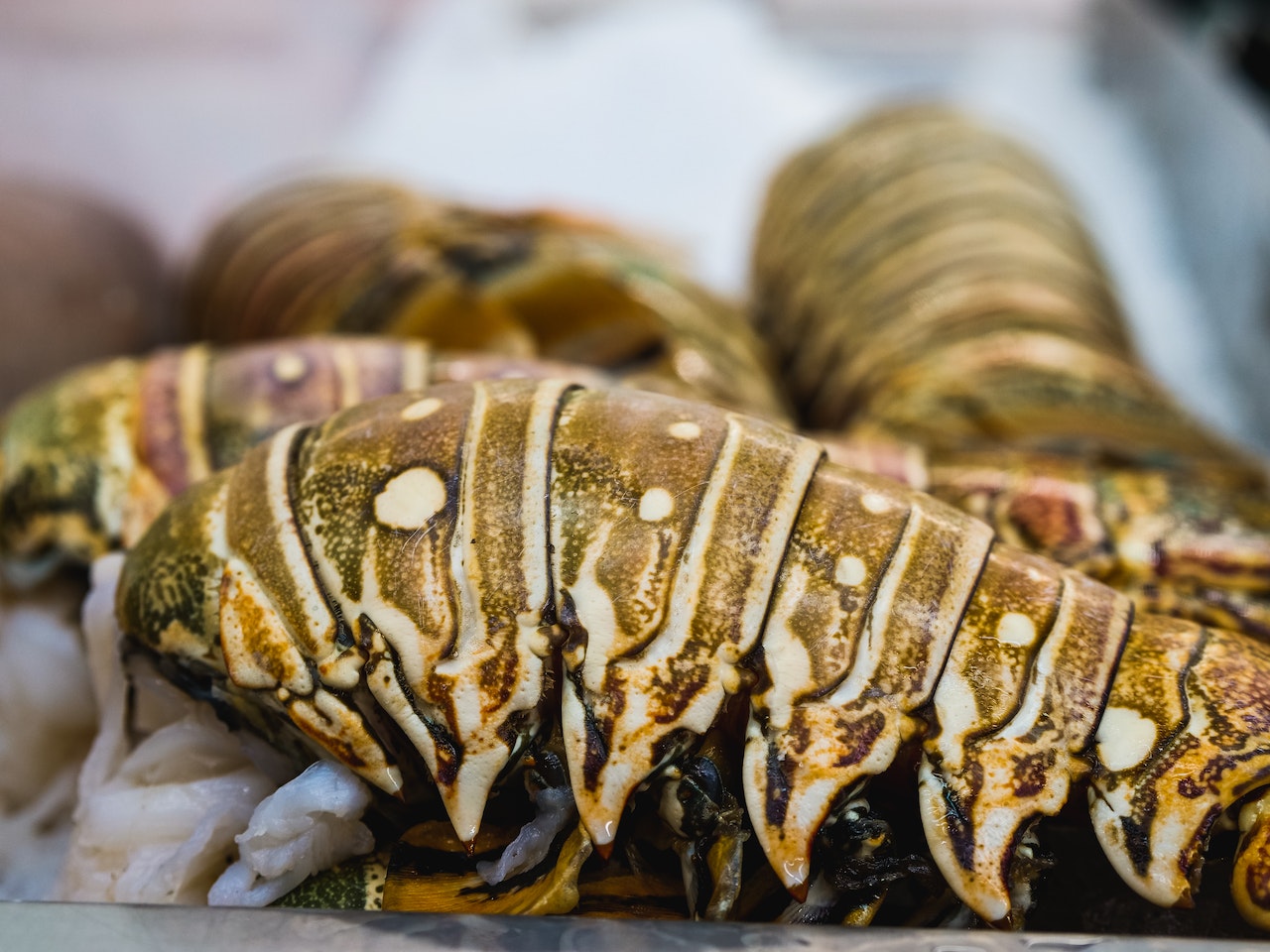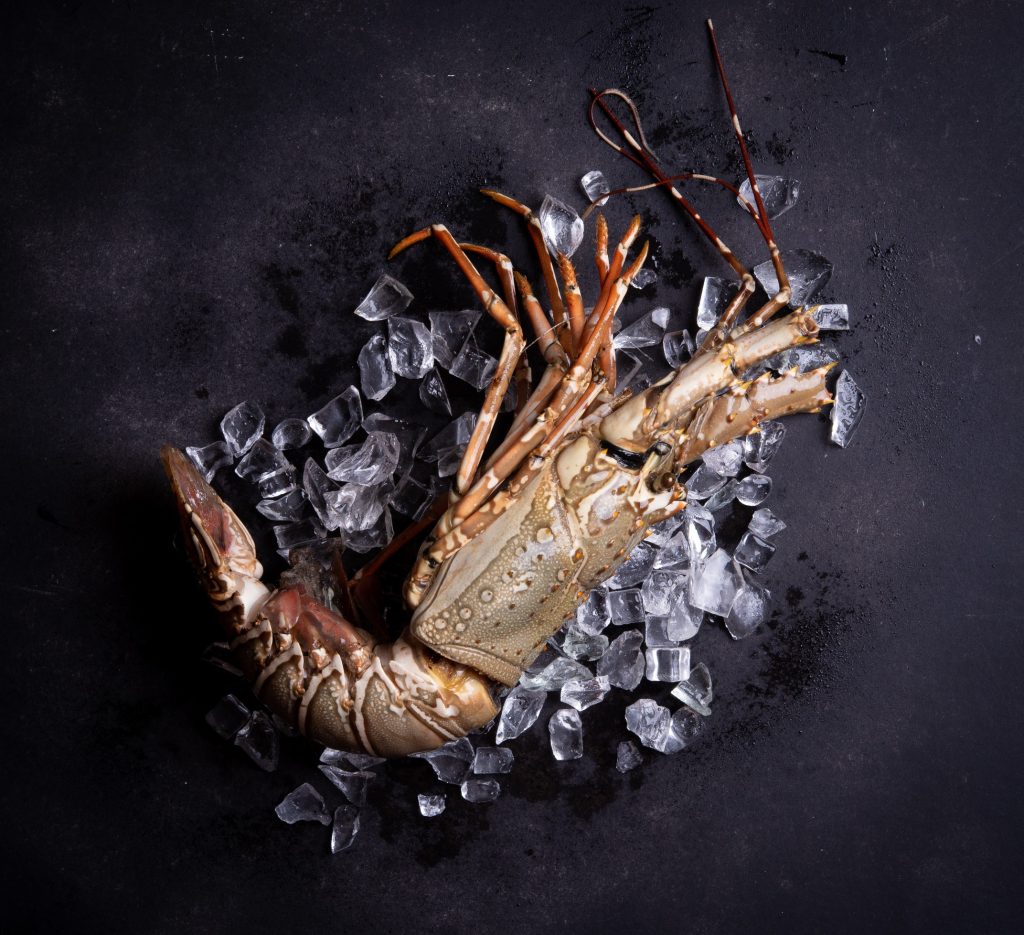Lobster tails are a delicacy that many people enjoy, but they can be costly and have a short shelf life. As such, keeping your lobster tails fresh is essential if you want to cook them perfectly and enjoy them at their best. Knowing exactly how long you can store your lobster tails in the fridge is crucial to keep them from spoiling and wasting money as a result.
According to the Institute of Food Technologists (IFT), lobster tails can last for 2–4 days in the fridge when properly stored. But that range can still vary depending on a few factors, including the temperature of your fridge, the freshness of the lobster tails when you purchased them, and the manner in which the crustacean tails are stored.
If not stored properly in the fridge, lobster tails will spoil quickly and release ammonia, which can be harmful to your health. By following the guidelines provided in this article, you will be able to keep your lobster tails fresh and delicious for a longer time, ensuring that you get your money’s worth and can enjoy them whenever you want.
General Guidelines for Lobster Tail Storage

When it comes to lobster tail storage, it is essential to take proper precautions to ensure that it stays fresh and safe to eat. Here are some general guidelines for storing lobster tails:
1. Refrigeration
Recently bought lobster tails should be stored in the refrigerator at a temperature between 32°F and 40°F. This will keep them fresh for up to two days. To store them, wrap the lobster tails in damp paper towels or a damp kitchen towel and place them in a plastic bag.
2. Freezing
If you want to store lobster tails for a longer period, you can put them in the freezer at a temperature of 0 degrees Fahrenheit. To do this, wrap the lobster tails tightly in plastic wrap or aluminum foil before placing them in a freezer bag.
With this method, your lobster tails can be stored inside the freezer for 4-6 months. However, it is important to note that cooking fresh lobster tails is much more delicious than using old, frozen ones.
3. Thawing
If you have frozen lobster tails, you can thaw them in the refrigerator for 24 hours before cooking. But if you need to use them faster, you can thaw them at room temperature or under cold tap water. Once thawed, you should cook them within two days to ensure their freshness and safety.
4. Smell and Appearance
Before buying any lobster tail at the supermarket or before cooking and eating one, you have to make sure that you inspect them properly for any signs of spoilage. A fresh lobster should have a sweet, ocean-like scent with a firm and translucent appearance.
On the other hand, tails that have already gone bad have a strong ammonia odor, a mushy texture, and some discoloration. If you come across the latter, you should discard them right away as they pose a significant health risk if consumed by unknowing individuals.
Factors That Affect Lobster Tail Shelf Life in the Fridge
Lobster tails are a delicacy that should be enjoyed while they are fresh. However, certain factors can affect the shelf life of lobster tails in the fridge.
-
Type of Lobster Tail
There are two types of lobster tails: cold water and warm-water lobster tails. Cold-water lobster tails are considered to be of higher quality and are more expensive than warm-water lobster tails. The former also has a longer shelf life than the latter, which means that they can be stored in the fridge for a longer period of time.
-
Quality of the Lobster Tail
The quality of the lobster tail is another factor that affects its shelf life in the fridge. Freshly caught lobster tails will have a longer shelf life compared to those that have been stored for a longer period. So it is very important to choose lobster tails that are firm to the touch and have a shiny appearance whenever you are buying from the supermarket.
-
The Temperature of the Fridge
As mentioned in the guidelines, the temperature of the fridge is an important factor that determines whether or not a lobster tail will spoil quickly or stay fresh. The temperature range is around 32°F and 40°F. Anything higher or lower will have an effect on the quality and taste of the lobster meat.
-
Packaging of the Lobster Tail
The packaging of the lobster tail also plays a role in its shelf life in the fridge. It is recommended to store lobster tails in their original packaging, which is usually a plastic wrap or a vacuum-sealed bag.
This helps to protect the meat from freezer burn and moisture loss, which can affect the texture and flavor of the lobster tail. But in the event that the original packaging is damaged, the lobster tail should be repackaged in a plastic wrap or a freezer-safe container with a tight-fitting lid.
This method of packaging will work for both raw and cooked lobster tails as long as you put them in the coldest part of your fridge at the required temperature. But for leftover lobster tails, you should make sure to remove the meat from the shell before storing it in an airtight container, as the shells can cause the meat to spoil quickly.
Final Thoughts
Lobster tail is a delicacy that should be enjoyed by everyone in the family, but it has a tendency to spoil if not stored properly. By following the proper guidelines mentioned in this article, you can ensure the delicious taste, quality, and safety of the lobster tails in your fridge.
When in doubt, use the “sniff test” to check for signs of spoilage, and always discard any lobster tail that appears slimy, discolored, or has a foul odor. It may be expensive, but do not hesitate to throw away spoiled lobster tails and save yourself a trip to the doctor.

